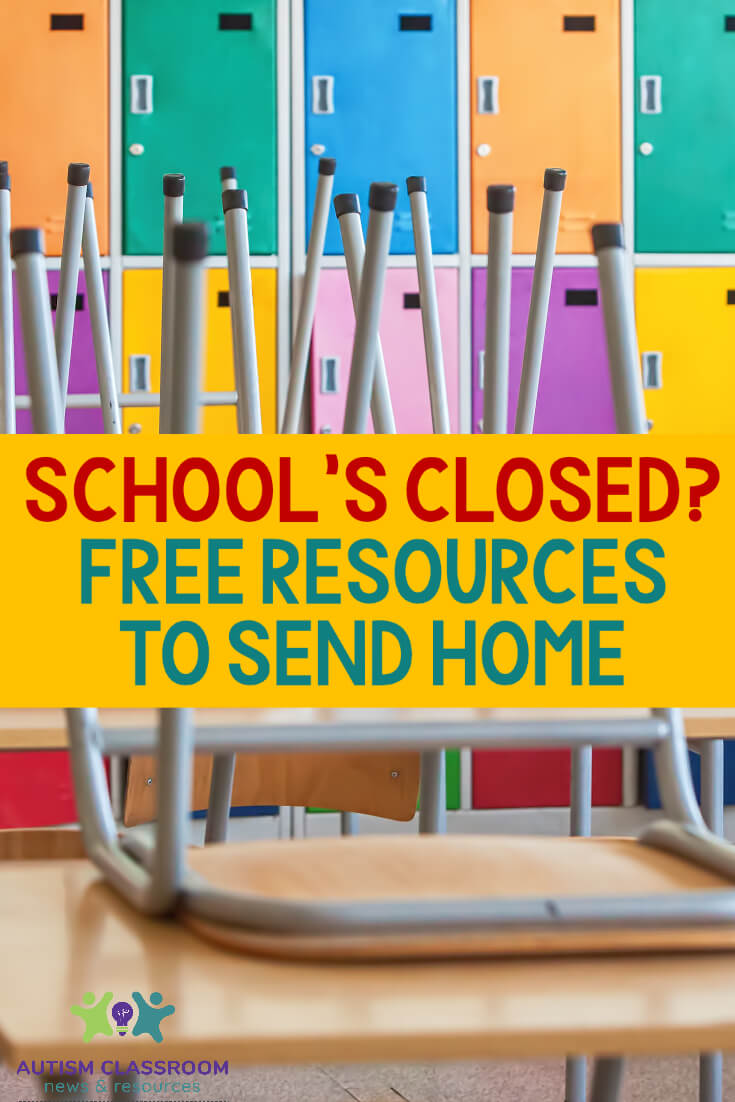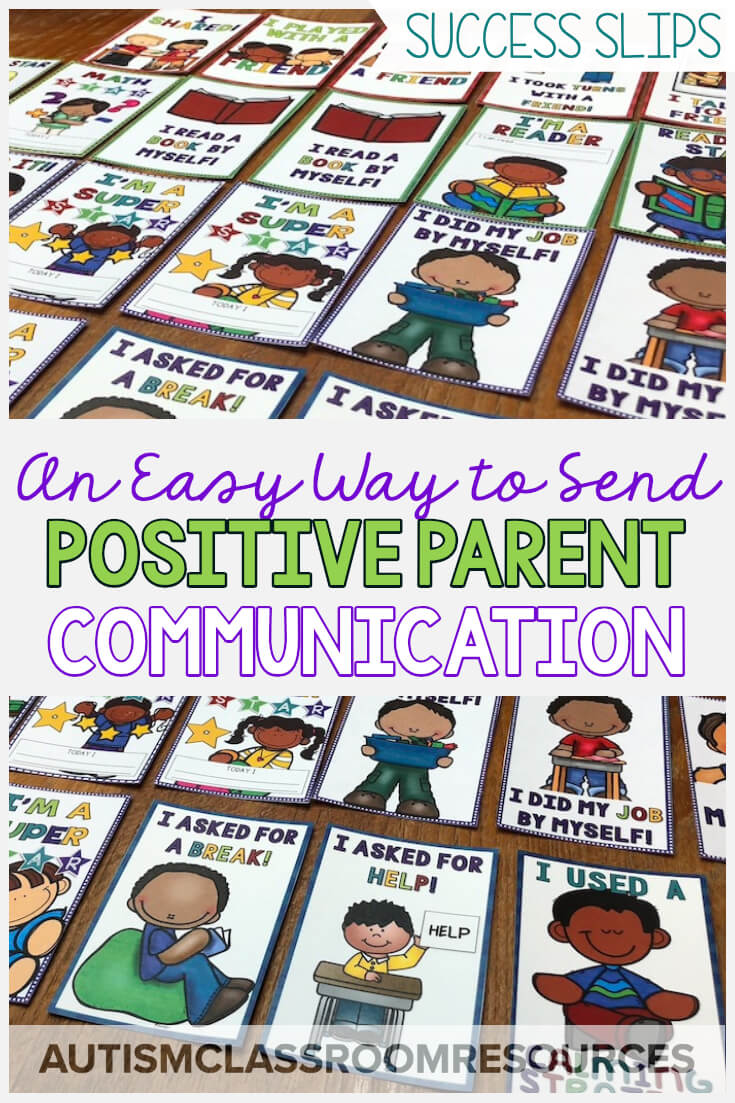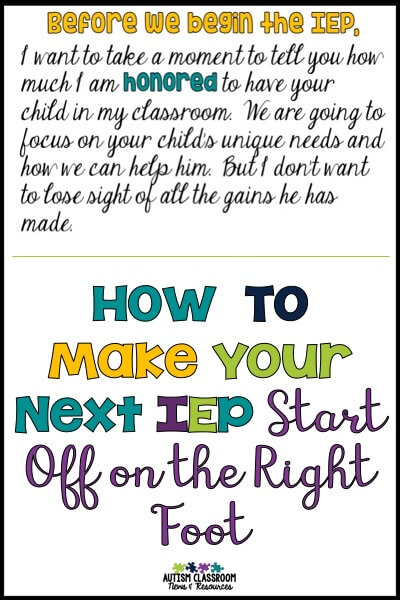In this busy time of year, it becomes particularly important to stop and take stock of what we have been given and to give thanks. In the hustle and bustle of the holiday season, sometimes it’s difficult to help our students or children to be able to participate in a way that allows them to give thanks. We all have things to be thankful for and the opportunity to say thank you should never be passed up. So, I thought I would share some thoughts about how to help children with autism to participate in giving thanks this Thanksgiving.
Communication Difficulties
Individuals with ASD have difficulty with communication and interaction as part of the disability. However, just because they might have difficulty expressing it doesn’t mean that they don’t have a desire give back and be thankful. They just may have difficulty expressing that gratitude.
There are many typical ways that we think of having children participate in thanksgiving routines from having them make cards, say grace, donate food to the needy and many others. However, for individuals who have limited communication skills, saying thank you is something that may be a bit more difficulty.
7 Ways to Help Your Student or Family Member with Disabilities Give Thanks
Here are 7 ways I thought of to include a student or child in our giving of thanks this season. Some are appropriate for school and some are more appropriate for home. Some can be used in combination as well.
1. Pictures
Using pictures of people and activities as well as things have them identify ones they are thankful for. They can make a collage or include them in a card wishing that person a happy holiday. You can also use these choices to help with some of the other ideas below.
2. Speech Generating Devices
Program an speech-generating device with a prayer or thank you and allow the individual to say grace over Thanksgiving dinner. It might be part of the prayer or all of the prayer but for a person without a voice, it may help them to participate.
3. Prepare Ahead
If the individual has difficulty speaking in groups, have them dictate or write a prayer or thank you with a sibling or a cousin or friend and have that person read it at the appointed time.
4. Videotape the Thanks
Also if speaking in groups is difficult and it’s hard to find the right words, videotape the prayer and have them play it at the appropriate time.
5. Write a Note
If they can write effectively, or dictate or type, have them write a note to a person thanking them for something they did this year. It could be thanking a sibling for letting them play with a toy or writing a letter to a military member serving overseas to thank them for their service. You could use guided notes so that they could fill in the blank if writing is difficult for them.
6. Create a Script
Help them create a script to thank someone and then have them send a video or audio recording to the person with the message.
7. Draw a Picture
Have them draw a picture of what they are thankful for and give it to the person they are thanking. This makes one of the best home to school or school to home holiday gifts as well.So, those are hardly earth shattering or original ideas, but perhaps it gave you some things to think about. In this season of thanks, I am thankful for many things and a group of special education bloggers and I want to thank all of you special educators out there for all of your hard work with a blog hop.
How do you help your students give thanks or hop over to our Facebook Group and share there? Please share in the comments!
Until next time,









